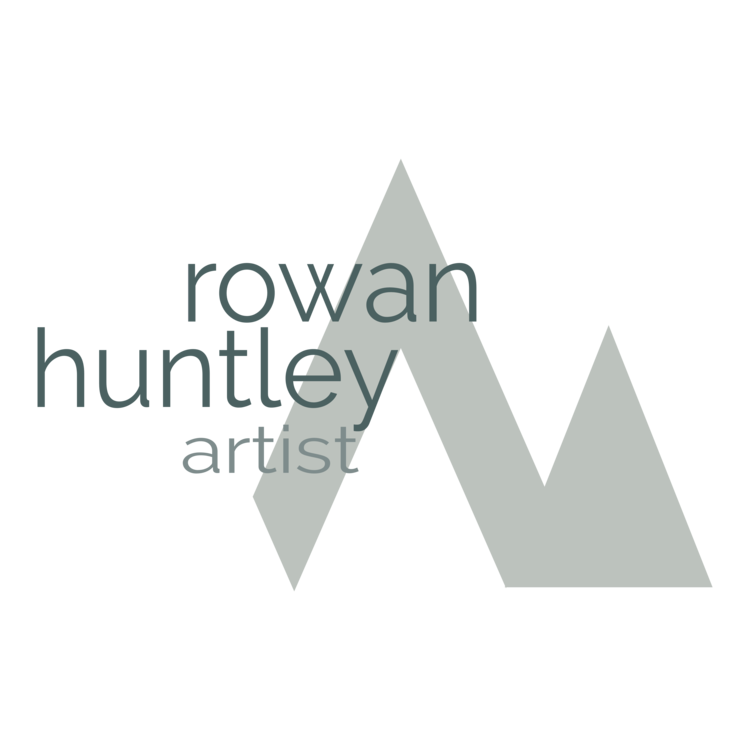Dr Joanne Johnson
Follow Joanne on Twitter @geologicalJo
To find out more see:
https://www.theguardian.com/world/2019/jul/09/glacial-melting-in-antarctica-may-become-irreversible
I am delighted to have been afforded the opportunity to team up with Dr Joanne Johnson at British Antarctic Survey, to produce contemporary art inspired by her scientific work in relation to climate change.
Joanne is a geochemist and is the UK lead on one of the International Thwaites Glacier Collaboration projects – Geological History Constraints on the magnitude of grounding line retreat in the Thwaites Glacier system (GHC). The mighty Thwaites Glacier is part of the West Antarctic Ice Sheet (WAIS) and has been in the news recently due to its potential to significantly increase global sea levels through ice loss triggered by rising temperatures.
Our collaboration centres around the notions of absence and presence and of looking to the past to determine the probability of our future. It brings together geology, time, process and materiality and is underpinned by the philosophical idea that all is interconnected. By bringing a different perspective to this hugely important scientific work we hope it will engender wider discussion and new understanding. Our objective is to illuminate and to educate and I can’t wait to see what we are able to produce together.
ice scape - frozen water, glacial sediment and pigment
art meets science
The idea behind our collaboration is to contribute to bringing the science of climate change to the fore in new and exciting ways. Joining forces, to combine science with contemporary art through innovation and process, will help to inspire thought in ways that statistics and photographs are simply not able to do. My aim is to bring prominence and tangibility to those aspects of global warming which, due to their imperceptibility, hide in plain site and go largely unseen. With education about climate change of increasing importance, Jo and I share an enthusiasm for taking our work into the classroom to generate conversation. Additionally, we hope to raise awareness and encourage engagement in a more interesting way amongst the wider population, by staging informative exhibitions as our collaboration develops.
an introduction
Jo is a geologist using rocks to study past ice sheets. Her significant contribution to the International Thwaites Glacier Collaboration sits at the cutting edge of geochemistry and to the forefront of scientific research into climate change. Learning about her incredible work has opened up an array of intriguing areas of interest for me as an artist. From the preparation and focus involved in such work, to travel and the immensely difficult conditions endured whilst out in the field; from the physical chemistry she employs (the chemicals and the processes) to the geological samples she seeks, collects and analyses, there is much for me to investigate with a creative mind!
Jo managed to tweet glimpses of her fieldwork from the Antarctic wilderness.
Real stamina is required for this kind of work!
In November 2019, Jo travelled south to Antarctica to undertake a meticulously planned fieldwork programme to collect rock samples and observations which will be used for improving our understanding of past ice sheet changes. Her data will be used for validating models that simulate ice sheet behaviour under different environmental conditions. These models predict how the mighty Thwaites Glacier in West Antarctica will contribute to the rate and timing of sea level rise across the globe in the coming decades.
With a passion for the Cryosphere and my home being located on the sea-washed Gower Peninsula, such research is of enormous interest - and relevance - to me. On the face of it, there appears to be little else to connect Gower with the Antarctic continent. Scratch the surface, however, and tangled threads of commonality reveal themselves.
My research workbooks keep me organised! Here I’m thinking about time, looking at sea-worn rock whilst Jo gathers ice-worn rock samples.
Consequently, in my development of metaphorical artwork, I take inspiration both from Jo’s work and my home environment on the edge of industrial South Wales. I use innovative methods to create affectual contemporary art, employing appropriate natural materials found on Gower alongside those of synthetic origin. These methods reflect the dynamic processes of earth’s creation together with those of anthropogenic industry and allow me to examine tensions. Strain, both physical and abstract, is ever present whether between materials or within science and politics in the general context of global warming.
Jo’s analyses involves Quartz, which has inspired me to explore crystal growth.
hear me talk about my work in this short film:
Video filmed and created by Vinny Stelzer






